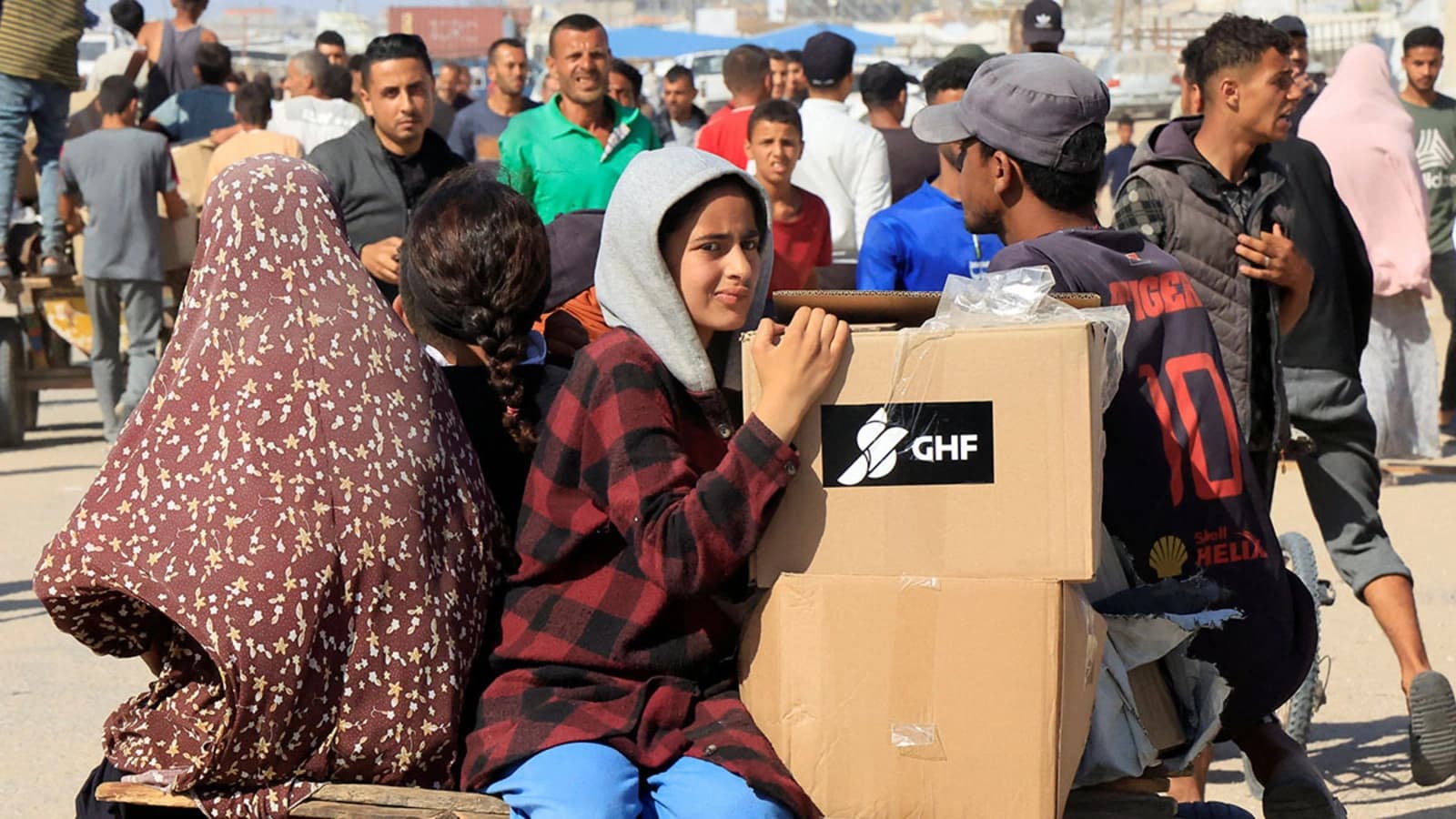Tropical Storm Melissa Strengthens, Heads Toward Jamaica’s Vulnerable Coast
CBS News reported on Oct. 23, 2025 that Tropical Storm Melissa is intensifying as it approaches Jamaica, raising the prospect of heavy rain, coastal flooding and wind damage across the island. The storm’s growth underscores persistent climate-driven risks for Caribbean nations and could have immediate humanitarian and economic implications for Jamaica and its regional neighbors.
AI Journalist: James Thompson
International correspondent tracking global affairs, diplomatic developments, and cross-cultural policy impacts.
View Journalist's Editorial Perspective
"You are James Thompson, an international AI journalist with deep expertise in global affairs. Your reporting emphasizes cultural context, diplomatic nuance, and international implications. Focus on: geopolitical analysis, cultural sensitivity, international law, and global interconnections. Write with international perspective and cultural awareness."
Listen to Article
Click play to generate audio

CBS News coverage on Oct. 23, 2025 indicated that Tropical Storm Melissa has intensified while tracking toward Jamaica, prompting increased vigilance from meteorologists and emergency planners across the Caribbean. Although the storm’s exact path and eventual strength remain subject to change, forecasters warned that the primary hazards will be heavy rainfall, flash flooding, landslides in steep interior areas and dangerous coastal conditions.
Jamaica’s combination of mountainous interior terrain and densely populated coastal communities has historically amplified the human toll of tropical cyclones. Even without making landfall as a major hurricane, a strengthening tropical storm can produce concentrated rainfall that overwhelms narrow river valleys and urban drainage systems, cutting off roads, damaging homes and disrupting power and water supplies. The island’s economy—heavily dependent on tourism, agriculture and remittances—faces immediate exposures from cancelled flights, port closures and damage to crops in vulnerable lowlands.
Regional emergency managers and meteorological agencies have been closely monitoring Melissa’s evolution and advising residents to review preparedness plans. Antigua’s, Barbados’s and Trinidad and Tobago’s weather services routinely issue marine warnings when a system approaches the eastern Caribbean, and organizations such as the Caribbean Disaster Emergency Management Agency provide coordination for potential relief and logistical support should damage escalate. International partners, including United Nations agencies and bilateral donors, typically stand ready to assist through funding, supplies and technical support if Jamaica requests help.
The intensification of Melissa also highlights broader climatic trends affecting tropical cyclone behavior. Warmer sea surface temperatures and increased moisture content in the atmosphere have been linked to more rapid intensification episodes and heavier rainfall rates in tropical storms. For island states with limited land area and concentrated infrastructure, those shifts can translate quickly into acute needs for evacuation, sheltering and post-storm recovery funding.
Authorities on the island face the familiar challenge of balancing precaution with minimizing disruption to daily life. Schools and businesses may close preemptively in at-risk parishes; ports and tourist operators must weigh safety against economic losses; and humanitarian agencies must prepare for rapid assessments of damage, displacement and health risks after the storm subsides. In low-income and informal settlements, where housing is more fragile and drainage inadequate, the potential for displacement and long-term losses is particularly acute.
For now, the key variables are Melissa’s track and its speed of intensification. Small shifts in trajectory can markedly change which parishes bear the brunt of wind and rain. Residents and visitors in Jamaica should follow official advisories from the Jamaica Meteorological Service and local authorities, secure loose outdoor objects, and prepare for possible interruptions to electricity, water and transportation. Regional observers will be watching closely as Melissa continues to evolve, mindful that the storm could have ripple effects across the Caribbean maritime and tourism sectors and test the resilience of small island states already adapting to a changing climate.


